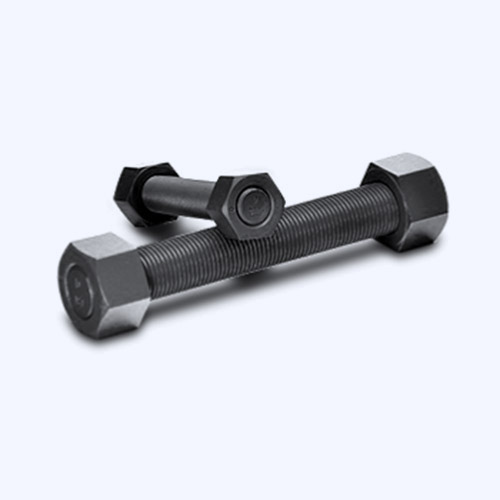Dec . 18, 2024 02:58 Back to list
Versatile Decorative Threaded Rods for Home and Craft Projects
The Versatile World of Decorative Threaded Rods
In the realm of home decor, furniture design, and construction, the aesthetic appeal is just as important as the functionality. One of the unsung heroes in this intersection of utility and beauty is the decorative threaded rod. Often overlooked, these rods blend form and function, providing essential support and stability while enhancing the overall aesthetic of an object or space.
What are Decorative Threaded Rods?
Decorative threaded rods are metal rods with continuous helical grooves, known as threads, that run along their length. Unlike standard threaded rods that focus purely on functionality, decorative threaded rods are designed to be visually appealing. They come in various materials, such as stainless steel, brass, and aluminum, and can be finished in a range of colors and textures. This versatility allows them to be used in a variety of applications, from industrial to artistic.
Applications Across Industries
1. Interior Design In modern interior design, the use of decorative threaded rods has gained popularity. Designers incorporate these rods in curtain systems, serving not only as a structural element to hold curtains but also as a design feature that adds character to the space. The sleek lines and polished finishes can serve as an industrial chic element in a loft or as an elegant touch in a more traditional setting.
2. Furniture Making Furniture designers have embraced the use of decorative threaded rods as both a structural and decorative element. They can be found in coffee tables, stools, and shelving units, where they provide stability and style. By using decorative threaded rods, designers can create unique pieces that stand out and serve a purpose—whether it’s supporting weight or adding a visual focal point.
decorative threaded rod

3. Lighting Fixtures The lighting industry has also seen an influx of decorative threaded rods, especially in pendant lighting and chandeliers. The rods can be incorporated into the design, functioning as a means to hang lamps or as part of the fixture itself. With finishes ranging from brushed to polished, these rods can complement the overall design of the light fixture, making it a striking addition to any room.
4. Architectural Elements In architecture, decorative threaded rods can be used in railings, support beams, and other elements to provide strength while contributing to the overall design aesthetic. They can be featured in both interior and exterior applications, offering a blend of safety and style. When combined with glass or wood, decorative threaded rods create a modern look that can elevate a building's design.
Increasing Popularity and Trends
With the rise of DIY culture, more individuals are discovering the potential of decorative threaded rods in their home projects. Whether it’s a crafting endeavor or a home improvement task, these rods are relatively easy to work with and can be customized to fit any design preference. Online tutorials and resources have made it easier for DIY enthusiasts to incorporate decorative threaded rods into their designs, whether it’s making custom shelving, unique light fixtures, or one-of-a-kind furniture pieces.
As sustainability becomes more critical, the choice of materials for decorative threaded rods is also evolving. Many manufacturers are now offering eco-friendly options, exploring recycled materials and sustainable finishes to meet the growing demand for environmentally conscious products.
Conclusion
Decorative threaded rods may seem like a small element in the grand scheme of design and construction, but their impact is significant. Offering a unique blend of functionality and aesthetic appeal, these rods can transform ordinary objects into extraordinary pieces. As they continue to gain popularity across various industries and among DIY enthusiasts, it is clear that decorative threaded rods have carved out an essential niche in the world of design. Every project they touch is an opportunity to integrate strength with elegance, making them a truly versatile and appealing choice for creators and consumers alike. Whether you are an interior designer, a furniture maker, or a DIY enthusiast, these decorative elements are worthy of your consideration in enhancing both functionality and style.


